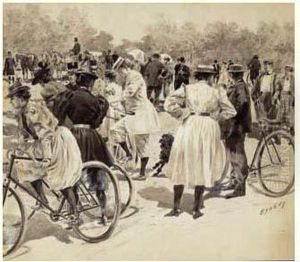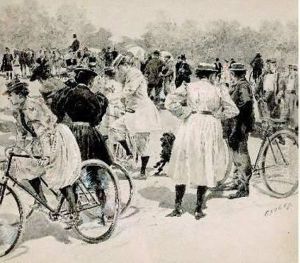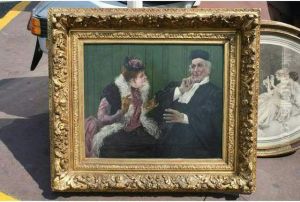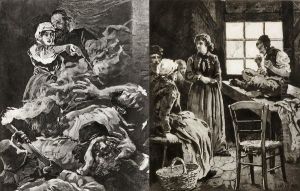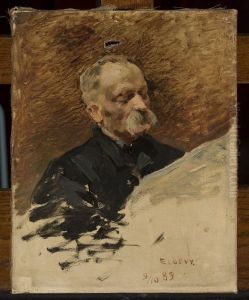Edouard Loevy Paintings
Edouard Loevy was a French sculptor born in 1822, in a period marked by the Romantic movement, but whose career spanned into the era of Realism and the beginnings of Impressionism. He was a part of the vibrant Parisian art scene, which was at the heart of many revolutionary art movements during the 19th century. Despite being less widely known than some of his contemporaries, Loevy's work contributes significantly to our understanding of French sculpture during a time of great change and innovation in European art.
Loevy received his artistic training at the École des Beaux-Arts in Paris, which was the premier art institution in France. There, he was influenced by prominent teachers and sculptors who were advocates of neoclassicism, yet he was also exposed to the burgeoning Romantic movement that sought to express more emotion and personal expression in art. Over his career, Loevy's work demonstrated a blend of these influences, often characterized by classical elegance but imbued with a sense of realism and emotional depth.
Throughout his career, Edouard Loevy produced a range of works from monumental sculptures to more intimate busts and reliefs. He was known for his skilled craftsmanship and his ability to capture both the physical and psychological likeness of his subjects. His public commissions include memorials and statues that still stand in Paris and other parts of France, contributing to the cultural and historical landscape of the country.
Despite the quality of his work, Loevy did not achieve the same level of fame as some of his peers, such as Auguste Rodin. However, his contributions to French sculpture are recognized by art historians, particularly for his ability to transition between artistic movements while maintaining a distinct style. Loevy's works are preserved in several museums and public spaces, serving as a testament to his skill and artistic vision.
Edouard Loevy died in 1899, leaving behind a legacy that, while not as prominent as that of some of his counterparts, is significant for its contribution to the development of modern sculpture. His life and work reflect the complexities and transitions of 19th-century French art, offering insights into a period of profound change and creativity.
